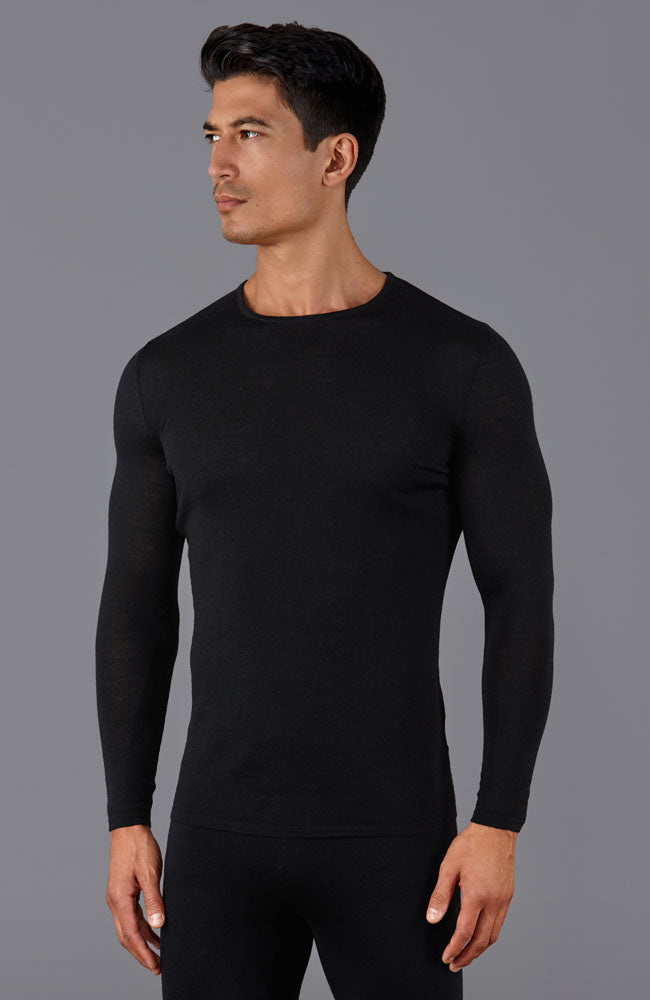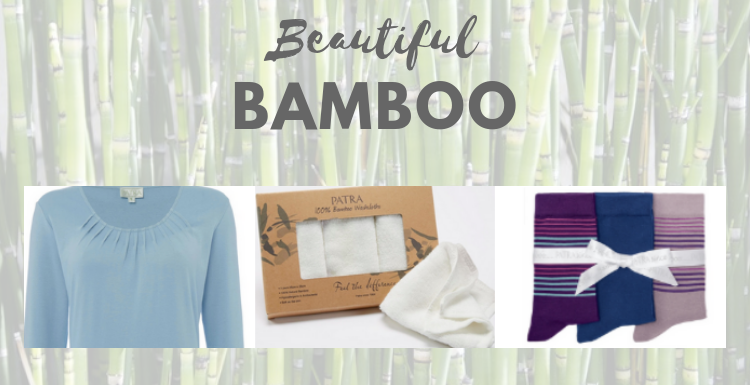High Rated Merino Wool Base Layers Tips
Wiki Article
What Are The Benefits Of Base Layers Made Of Yak Merino For Winter Sports Clothing?
Yak merino wool base layers are very effective in winter sport clothing not only because of their performance benefits but also due to the benefits of natural fibers and sustainability for the environment. Renewable and Biodegradable-
Yak and merino are both natural fibers derived from animals. They are renewable resources and can be harvested in a sustainable manner and without harming animals. They are biodegradable and do not cause harm to the environment.
Low Environmental Impact
Natural fibers have generally lower impact on the environment than synthetic materials. Wool production is less harmful to the environment than synthetic fibers because it requires less chemical processes.
Energy Efficiency
Wool fibers consume less energy than synthetic fibers, such as polyester or nylon. Natural wool's manufacturing process uses less energy and decreases carbon emissions.
Minimized Microplastic Pollution
Natural wool fibers don't pollute the water with microplastics, like synthetic fibers.
The product's longevity and its recycling
Yak-merino clothing is extremely durable and lasts for quite a long time. The wool fibers are also able to be recycled and repurposed. This reduces production waste and the impact on the environment.
Sustainable PracticesSustainable Practices
Some wool producers adhere to ethical and sustainable practices. This includes ensuring animal welfare and responsible land management. Also, they ensure decent working conditions and fair conditions of work for the employees involved in the production process.
Environmental Certification-
The Responsible Wool Standard or the Global Organic Textile Standard, (GOTS) Both are standards that demonstrate ethical and environmentally aware practices in wool production. These standards offer consumers a level of assurance on sustainable practices.
In general, the base layers made of yak Merino have minimal impact on the environment, are manufactured using renewable resources and are based on the highest standards of sustainability and ethical conduct in their entire supply chain. If you select natural fibers, like yak merino winter sports apparel you're supporting environmentally responsible and sustainable practices for consumption. Have a look at the most popular merino wool base layer url for website examples including merino wool base layer womens, merino wool long underwear women's, wool undershirt women's, best wool base layer, wool thermals womens, wool thermal underwear, sweaty betty base layers, smartwool 250 base layer, merino undershirt, ski thermals and more.

What Are The Advantages Of Wearing Bamboo Clothing With Regard To Comfort, Sustainability And Protection For Outdoor Winter Clothes?
Bamboo clothing provides many benefits for outdoor winter clothing in terms of sustainability, comfort and safety. Comfort
Softness - Bamboo fabric has a smooth and soft texture that feels gentle on skin. Its soft and luxurious feel is frequently similar to silk or even cashmere.
Bamboo fibers are renowned for their ability to wick moisture away that allow the bamboo fibers to draw moisture away from skin and keep the wearer comfortable and dry.
Thermal Regulation- Bamboo clothing has natural temperature-regulating properties, providing warmth in winter while remaining breathable to prevent overheating.
Sustainability-
Bamboo is a renewable resource. It can grow rapidly, without chemical fertilizers or pesticides. Bamboo is able to regenerate quickly, making it an environmentally sustainable option for clothing materials.
Bamboo farming has less ecological impact than cotton cultivation. Bamboo doesn't diminish soil nutrients and requires less water. Bamboo absorbs more CO2 than other species and also releases more oxygen into the air.
Protection for Outdoor Wear-
UV Protection - Bamboo fabric contains natural UV-resistant properties, which provide protection from harmful UV Rays.
Bamboo is an natural antimicrobial known as "bambookun," and it assists in preventing the growth of bacteria which cause odor. This keeps clothes fresher for longer periods of time, especially when you are doing outdoors activities.
Other Benefits
Durability Bamboo fibers are durable and strong, making the perfect material for outdoor wear.
Biodegradability. Bamboo clothes are biodegradable. They can be decomposed naturally after their time of their life, thus reducing their environmental impact.
Bamboo fabric is a fantastic option for outdoor winter clothes. It offers comfort, thermal regulation and moisture management. View the most popular more help about bamboo clothing for more tips including bamboo yoga leggings, bamboo yoga clothing, bamboo long sleeve shirt, bamboo top, bamboo material clothing, long sleeve bamboo t shirt, bamboo t shirts wholesale, bamboo yoga trousers, freefly hoodie, bamboo baby pajamas and more.

How Do Merino Layers And Bamboo Clothing Differ From Regular Wool?
Merino wool, bamboo clothing and regular wool are distinguished by their distinct features.
Softness- Merino is renowned for its fine soft fibers, which are comfortable to wear. It is much less likely to cause irritation and itching than the traditional sheep's wool.
Merino Wool Has Excellent Moisture- Wicking Properties- Merino is a moisture-wicking material that pulls moisture away and allows it to evaporate. The wearer remains dry and comfortable.
Merino Wool is a great insulation that offers warmth even when it is wet. It regulates body temperatures as it provides insulation and airflow for overheating when exercising.
Odor Resistance - It naturally inhibits the growth of odor-causing bacteria, keeping garments fresh even after long wear.
Bamboo Clothing
Softness- Bamboo clothing's silky texture is often compared to silk or cashmere. It's luxurious and soft to wear.
Bamboo fabric has moisture-wicking qualities that draw moisture from the body, keeping it dry when you exercise.
Temperature Regulation- Bamboo clothing has natural temperature-regulating abilities, offering warmth in winter and breathability to prevent overheating.
Sustainable Bamboo- Bamboo is an extremely renewable resource that grows rapidly, without the use of pesticides. Bamboo is biodegradable and has a minimal impact on the environment.
Regular Wool
Texture: Wool has a variety of textures, with some types being coarser and more susceptible to itching or discomfort.
Warmth - Regular wool is an excellent insulation and warmth however, it can appear heavy or bulky.
Wool absorbs moisture, and is therefore less effective at drying moisture than merino or bamboo fabrics. However, it retains warmth even if it is it is damp.
Merino's advantages include its softness, moisture-wicking capability as well as resistance to odor and insulation. Bamboo clothing is soft to the feel, wicks moisture as well as regulating temperature. It is a long-lasting material. Wool has a different texture, and it may not have the same moisture-wicking properties like merino or bamboo. However, it still offers warmth and insulation. Each has its own benefits, catering to different needs and preferences for winter clothes. Have a look at the best this post on merino winter clothings for website recommendations including smartwool long underwear, merino 250 base layer, smartwool merino base layer, wool long underwear mens, mens wool long johns, sweaty betty ski base layer, wool thermals womens, merino wool thermal underwear, smartwool thermal underwear, merino wool base layer clearance and more.
